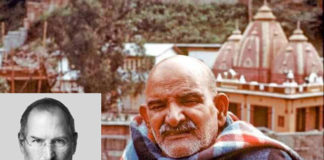The newly developed device to reverse alcohol intoxication uses the simple technique of hyperventilation – deep and rapid breathing – to suck alcohol out of the blood
News Desk
TORONTO: Here is good news for heavy drinkers.
Canadian researchers have developed a device that quickly reverses alcohol intoxication.
The device uses the simple technique of hyperventilation – deep and rapid breathing – to suck alcohol out of the blood.
According to Dr Joseph Fisher, an anesthesiologist with the Toronto General Hospital Research Institute, deploying the technique of deep and rapid breathing (hyperventilation) helps the body eliminate alcohol along with carbon dioxide from the blood.
But the problem is that when carbon dioxide gets sucked out of the blood, one develops light-headedness, tingling and numbness and fainting.
“Hyperventilation can eliminate the alcohol at least three times faster than through the liver. But you can’t just hyperventilate, because in a minute or two you would become light-headed and pass out,” says Dr. Fisher.
To avoid this, Dr. Fisher and his team have developed this device which removes alcohol while keeping the amount of carbon dioxide at normal levels in the blood.
It is a a small device that uses a valve system, some connecting tubes, a mask, and a small tank with compressed carbon dioxide.
An estimated three million people die from alcohol each year.
Death is caused by ethanol – called ‘alcohol’ – in alcoholic drinks. It affects every part of the body – brain function, circulation and even nail growth.
When alcohol levels in the blood go beyond a certain level, body organs – such as the liver which removes 90 percent of the alcohol in the body – are damaged, leading to death.
Currently, dialysis is the only method to remove alcohol from the blood in life-threatening situations. Other supportive measures include giving oxygen, intravenous fluids, breathing assistance, and treating any heart issues with drugs.
Dr Fisher says what his team has developed is “a very basic, low-tech device that could be made anywhere in the world: no electronics, no computers or filters are required. It’s almost inexplicable why we didn’t try this decades ago.”







